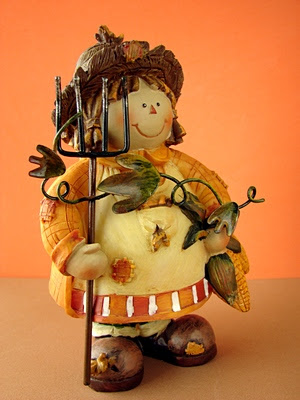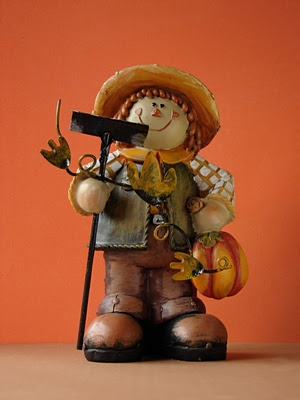Bokeh is the out of focus, fuzzy or blurry backgrounds produced by a camera lens. Some lenses produce smoother and more beautiful bokeh than others. Since I'm not knowledgeable enough to explain the technical aspects, I'll leave it to you to Google "bokeh" and do some research if you are interested.
You can make some very interesting bokeh of your own. Follow this link for instructions by Karsten Stroemvig and be sure to see the several beautiful examples while you are there:
http://www.diyphotography.net/diy_create_your_own_bokeh
If using a regular digital camera, you'll need one with a nice long zoom and a wide aperture. Use a paper punch for the hole and black paper large enough to easily cover lens. You can experiment with different punches and sizes. You may have to cut a hole in the middle of a larger sheet and punch your design in a smaller piece of black paper and tape it over the hole since most punches punch close to the edge of the paper. Set camera to aperture priority mode and widest aperture setting (smallest number possible).
Put the subject to be photographed as close to yourself as you can and still focus on it at full zoom. You will be taking the picture 'through' the hole so you need to be zoomed in to elimate the edges. Have a wide distance between the subject and the background lights. In my image, the Christmas tree lights were about 10 feet behind the figurine. Use a tripod and the timed release on your camera, or a remote shutter release. Hold the black paper tightly against the lens so that no light gets in and the punched out design is in center of lens. Focus on the near subject. Take the picture.
Follow the instructions in the link if you don't want to have to hold the paper in front of the lens. It takes only a few minutes to assemble.
"There's no such thing as a bad photo, just the wrong audience."

















































